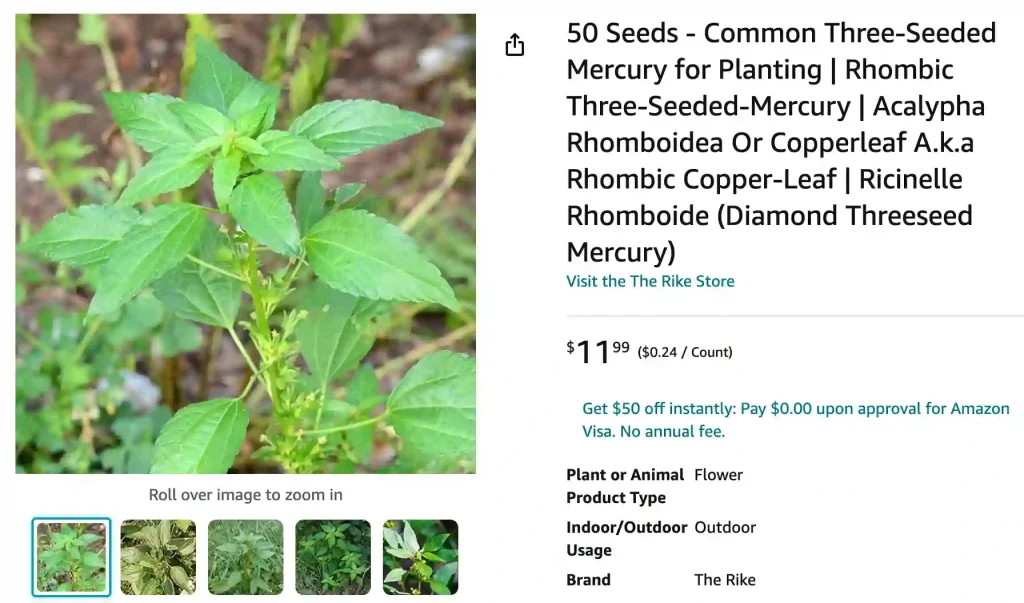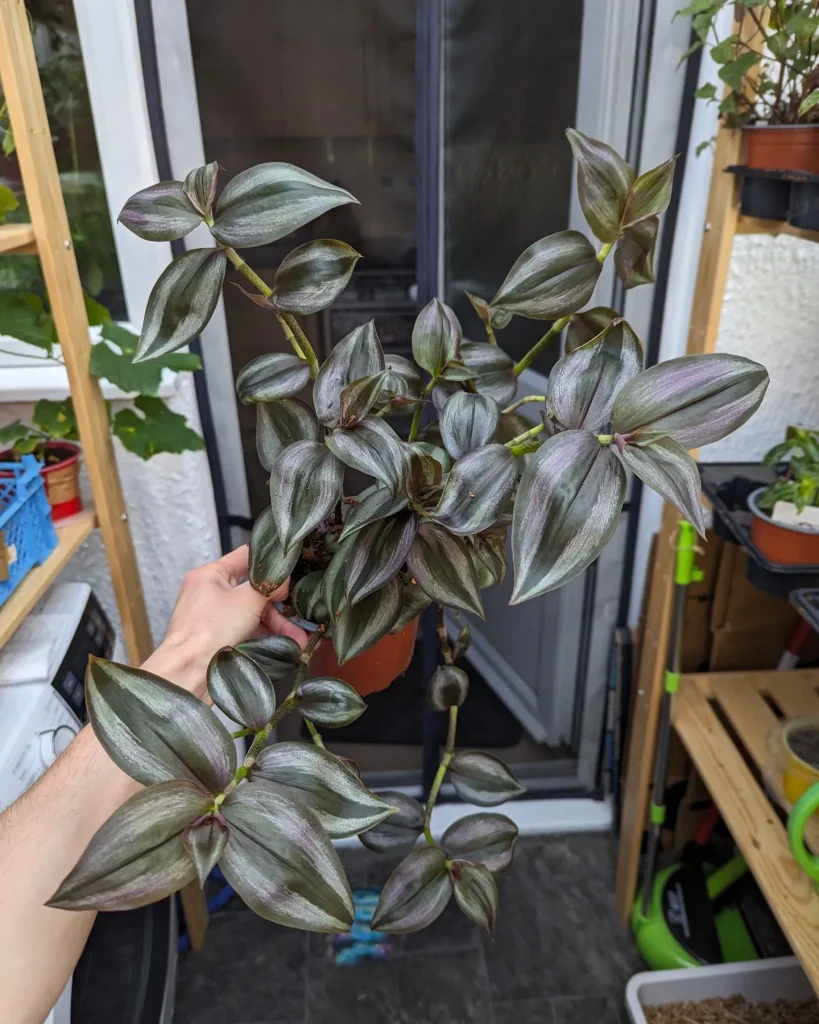
What is Acalypha Rhomboidea?
Acalypha Rhomboidea, also known as the Rhomboid Acalypha, is a perennial plant that belongs to the Euphorbiaceae family. It’s distinguished by its attractive, rhombus-shaped leaves that can bring a touch of unique beauty to any garden. The plant thrives in tropical and subtropical regions and can reach up to 3 feet in height. Its small, greenish-yellow flowers and bold foliage make it an appealing choice for landscaping.
432 Species in Genus Acalypha – Copperleaf – Chenille Plant
Is Acalypha Rhomboidea a Weed?
While Acalypha Rhomboidea is not typically classified as a weed, it can sometimes exhibit invasive characteristics in certain environments. Its robust growth and ability to spread rapidly may lead it to compete with other plants for resources. However, in many gardens, it is cultivated deliberately for its aesthetic appeal. If you are growing it in an area where it might become aggressive, regular maintenance and pruning can help control its spread.
Acalypha Rhomboidea vs Acalypha Virginica
When comparing Acalypha Rhomboidea to Acalypha Virginica, there are several notable differences. Acalypha Virginica, or the Virginia Copperleaf, tends to have more varied leaf shapes and is generally less ornamental compared to Acalypha Rhomboidea. The latter has more consistently shaped rhomboid leaves and is often favored for decorative purposes. Additionally, Acalypha Virginica is more commonly found in the wild, whereas Acalypha Rhomboidea is often cultivated for its visual appeal in garden settings.
How to Care for Acalypha Rhomboidea?
Caring for Acalypha Rhomboidea involves a few key practices to ensure it thrives. This plant prefers well-draining soil and a sunny to partially shaded location. It is relatively low-maintenance but benefits from regular watering, especially during dry periods. Fertilizing with a balanced, general-purpose fertilizer can promote healthy growth. Additionally, pruning the plant periodically helps to maintain its shape and remove any dead or damaged foliage.
How to Propagate Acalypha Rhomboidea?
Propagating Acalypha Rhomboidea is quite straightforward. You can propagate it through cuttings or seeds. For cuttings, select healthy stems and take 4-6 inch sections. Remove the lower leaves and dip the cut end in rooting hormone before planting in a well-draining potting mix. Keep the cuttings in a warm, humid environment until they develop roots. Seeds can also be sown directly in soil or started indoors before transplanting outdoors once the seedlings are strong enough.
What to Plant With Acalypha Rhomboidea?
Acalypha Rhomboidea pairs well with a variety of companion plants. Its bold foliage contrasts beautifully with flowering plants like marigolds or petunias. It also complements other tropical plants such as hostas or ornamental grasses, which can create a lush, textured garden bed. When choosing companion plants, consider the light and soil conditions to ensure compatibility.
Can You Grow Acalypha Rhomboidea Indoors?
Growing Acalypha Rhomboidea indoors is possible, but it requires specific conditions to thrive. It needs bright, indirect light and a humid environment. If you’re growing it indoors, use a well-draining potting mix and ensure the plant receives adequate moisture. Regular misting or using a humidifier can help mimic its natural tropical habitat. Be mindful of pests and diseases that can affect indoor plants and address any issues promptly.
Is Acalypha Rhomboidea Toxic?
Acalypha Rhomboidea is not widely known for being toxic to humans or pets. However, like many plants in the Euphorbiaceae family, it may cause mild irritation if ingested or if its sap comes into contact with the skin. It is always a good practice to keep plants out of reach of pets and small children and to wash hands after handling any plant material.
Benefits of Acalypha Rhomboidea
Acalypha Rhomboidea offers several benefits for gardeners. Its unique foliage provides a striking visual appeal, adding interest to garden beds and landscapes. It can also serve as a backdrop for other plants, enhancing the overall aesthetics of your garden. Additionally, its relatively low maintenance requirements make it a suitable choice for busy gardeners looking for an attractive and easy-to-care-for plant.
Common Problems with Acalypha Rhomboidea
Common problems with Acalypha Rhomboidea include pest issues such as aphids and spider mites, which can be managed with insecticidal soap or neem oil. Overwatering can lead to root rot, so it’s important to ensure proper drainage and avoid waterlogging. Yellowing leaves may indicate nutrient deficiencies or poor soil conditions, which can often be resolved with appropriate fertilization and soil amendments.
Comparing with Similar Plants
When comparing Acalypha Rhomboidea to similar plants, it is useful to look at its differences from other tropical foliage plants like Acalypha Wilkesiana or Coleus. Acalypha Wilkesiana, for instance, has more variegated leaves and a wider range of color patterns, while Coleus offers a broader spectrum of leaf shapes and colors. Each plant has its own unique characteristics, so the choice depends on your specific garden needs and aesthetic preferences.
In summary, Acalypha Rhomboidea is a versatile and attractive plant that can enhance any garden or indoor space with its distinctive foliage. Understanding its care requirements and potential issues will help you make the most of this lovely addition to your plant collection.
If i die, water my plants!



